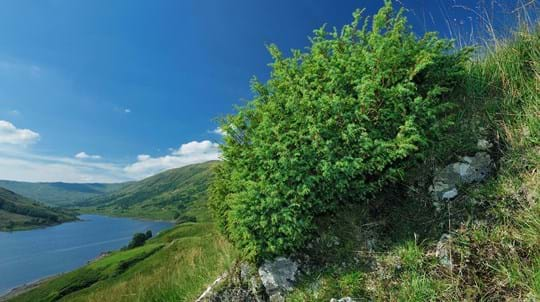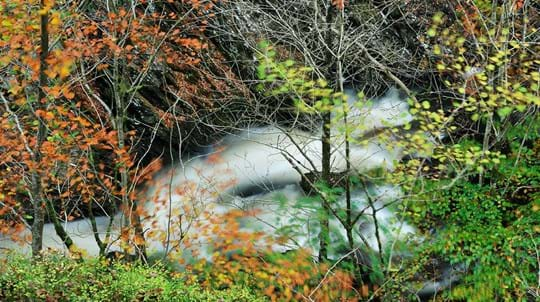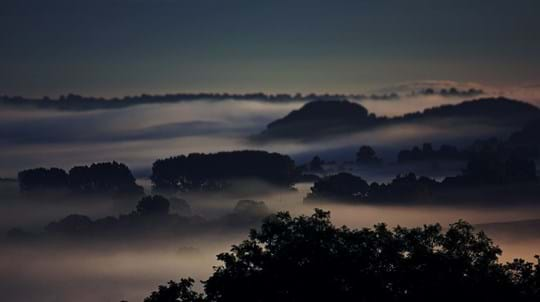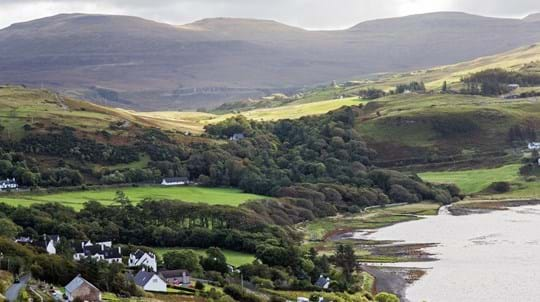Even though it was a five o'clock start this morning, we've been very fortunate to see this iconic species and actually hear their bubbling and strutting and sometimes even comical displays. So, I think it was really worthwhile. The black grouse are actually a species that has been threatened by habitat loss and over the last 20 years, there's been a massive decline in species. So, there's about five thousand that are remaining and the majority of those are in Scotland.
Glen Finglas Estate is owned by the Woodland Trust and it encompasses approximately 5,000 hectares and has got a whole range of habitats and different altitudes as well. So, we start at the loch site and then up through the grasslands into the woodlands and then the open hillside.
Over the last 25 years we've created about 1,500 hectares of new native woodland, some of that through planting, some of it is through natural regeneration. This created plenty of woodland edge habitat which is perfect for black grouse to shelter and for food.
Over the last 10 years we've been monitoring the same three lek sites. The lek site is a place where the male cocks display and compete [for females]. When it comes across another male, on a lek site, it almost looks like it blows itself up a little bit. And if you're very lucky you sometimes see the female which is called a grey hen.
We're very fortunate to be part of the Central Scotland black grouse study group. Our monitoring feeds into their data, so that the important habitats can be protected. In 2018, The Great Trossachs Forest National Nature Reserve recorded 86 lekking males. And that was across 15 sites and that actually represents almost 50% of the total black grouse population in Central Scotland. So we're very fortunate here at Glen Finglas and within the Great Trossachs National Nature Reserve to have a stable population of black grouse and that is a testament to our management and habitat health.










